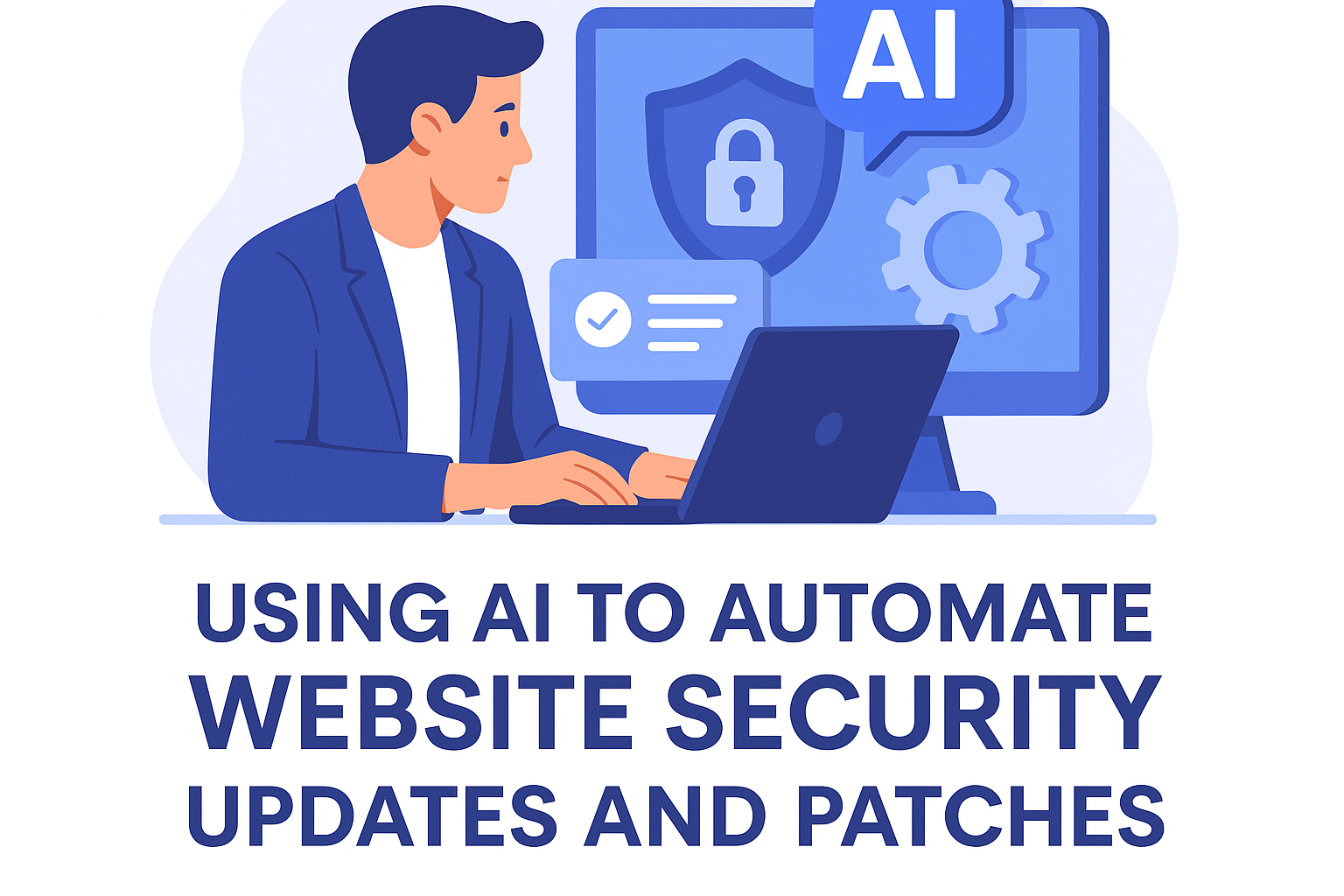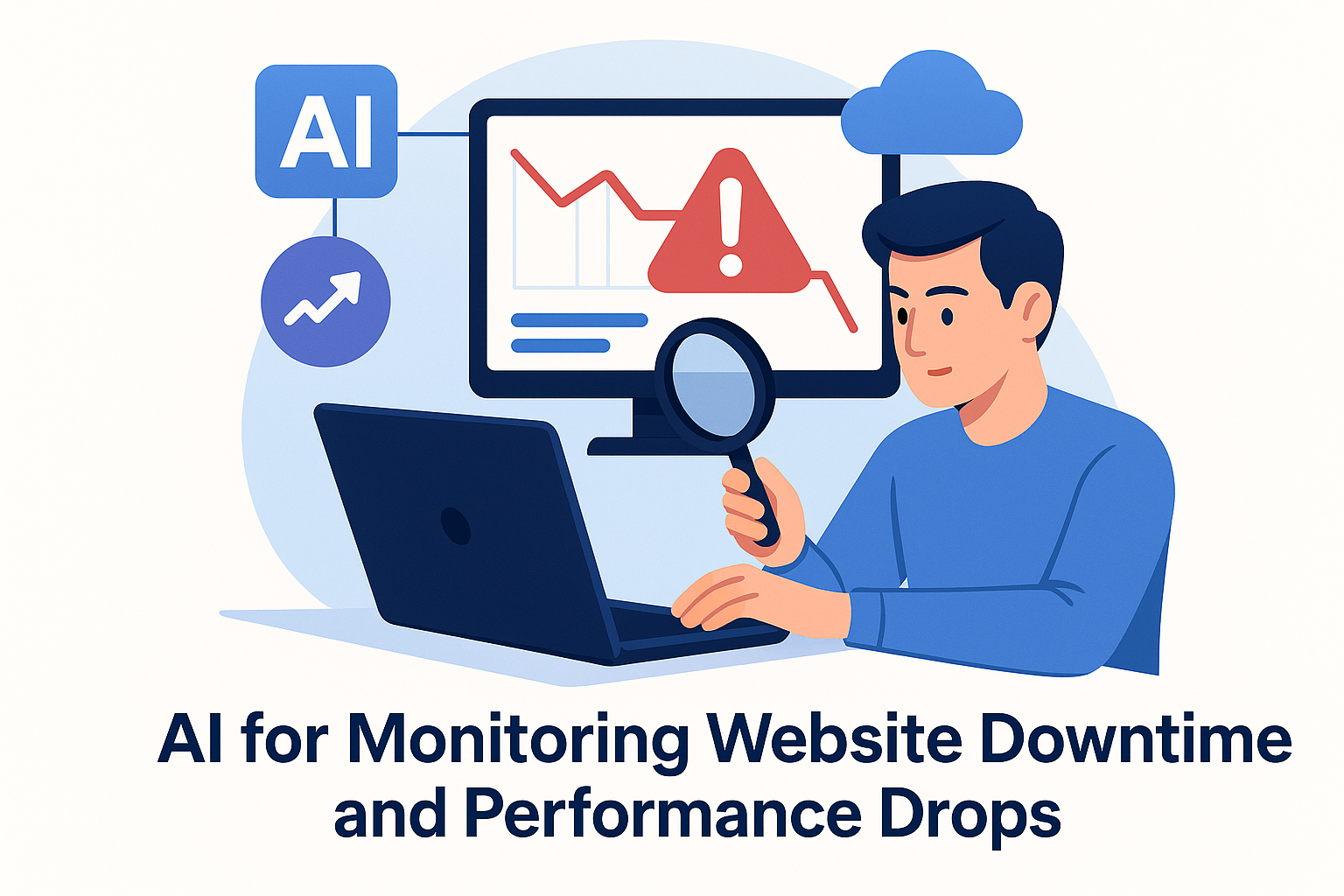Search engines prioritize content that delivers value, relevance, and exceptional user experience. And the best way to do that?
Personalize your content based on how users behave.
From tailoring copy to different visitor segments to adapting page structure based on scroll depth or engagement, AI makes content personalization scalable, strategic, and SEO-smart.
In this guide, we’ll show you how to use AI to:
- Understand user behavior at a granular level
- Identify personalization opportunities using DIYSEO GPT’s expert prompts
- Adapt page content, layout, and messaging with the SEO AI Writer
- Drive performance improvements and deeper engagement
- Promote personalized, high-performing pages with the Link Marketplace
Let’s explore how AI empowers smarter, behavior-based personalization—without guesswork.
Why Personalized Content Improves SEO and UX
Personalization isn’t about creating a different version of your site for every visitor. It’s about aligning your content with user intent, context, and actions—all of which search engines reward.
Benefits of AI-Powered Personalization:
| Outcome | Impact |
|---|---|
| Improved CTR | Tailored titles and descriptions match user search behavior |
| Higher engagement | Content reflects what users are actually interested in |
| Reduced bounce rate | Visitors stay longer when content feels relevant |
| More conversions | CTAs match user awareness and behavior |
| Better SEO signals | Google sees longer sessions, deeper scroll, and stronger intent satisfaction |
Step-by-Step: Personalizing Content with DIYSEO
✅ Step 1: Analyze User Behavior with DIYSEO GPT
DIYSEO GPT includes professionally written prompts that draw on your connected Google Search Console data—giving you behavioral insights you can act on immediately.
Here are the best prompts to start with:
📊 Prompt: Top Performing Pages
Identify which pages users engage with most—and why. Follow up in Chat History to ask:
“What engagement patterns do these top pages have in common?”
You’ll learn which topics, formats, or layouts resonate best.
🔍 Prompt: High Impression, Low CTR
Find where personalization might help. If users are seeing your page but not clicking, the message doesn’t match their intent.
Ask in Chat History:
“How can I adjust the title or description to align better with search intent?”
📉 Prompt: Query Position Changes
Track behavioral signals affecting ranking drops. Personalizing content for the right keywords or visitor segment can help recover relevance and regain positions.
✅ Step 2: Use SEO AI Writer to Personalize Content Blocks
Once you’ve uncovered behavioral trends, use the SEO AI Writer to adapt your content accordingly.
🧠 Rewrite Page Intros Based on Entry Queries
Prompt:
“Rewrite the intro paragraph of this blog post to match visitors searching for ‘AI content strategies for agencies.’”
Now your page aligns with what brought users there in the first place.
✍️ Tailor CTAs Based on Scroll Behavior
If users drop off before hitting your CTA, bring it higher or revise the messaging.
Prompt:
“Write a CTA for top-of-page placement that speaks to beginner-level users looking for free SEO tools.”
This creates micro-targeted experiences without rebuilding the page.
📱 Adapt for Device-Based Personalization
If mobile bounce is high, use AI to rewrite text for brevity, clarity, and tap-friendly structure.
Prompt:
“Shorten this feature block into a mobile-friendly, three-bullet format for skimming users.”
✅ Step 3: Personalize Meta Titles & Descriptions by Search Behavior
Use DIYSEO GPT’s Top Queries by Clicks to find your best-performing keywords—then use SEO AI Writer to fine-tune metadata.
Prompt:
“Write a meta title and description variation targeting users searching for ‘AI SEO checklist.’ Emphasize fast results and downloadable content.”
This ensures your SERP appearance matches searcher intent, increasing CTR.
Dynamic Personalization with Conditional Content Ideas
Even if you’re not using advanced dynamic content tools (e.g., Webflow logic, Unbounce personalization, or HubSpot smart content), you can use AI to create behavior-based variants that fit these systems.
Example Use Cases:
| User Segment | Personalization Approach | AI Prompt |
|---|---|---|
| Returning visitors | Remove intro, go straight to value | “Rewrite the intro assuming the reader already knows basic SEO.” |
| Mobile users | Condense long blocks | “Shorten this 300-word paragraph into 3 key bullets.” |
| Organic search traffic | Match title and CTA to query intent | “Adapt CTA to appeal to users searching for ‘AI SEO examples.’” |
The AI helps you generate alternate content based on predicted or measured behavior—without manual drafting for each scenario.
Combine with Behavioral Insights for Deeper Optimization
Ask DIYSEO GPT:
“Compare mobile vs. desktop engagement on /ai-content-tools. Are mobile users bouncing earlier?”
If so, you may follow up with:
- Rewrite CTA to appear earlier
- Reduce text density for mobile
- Add visual cues to keep users scrolling
Use Layout & Readability Review to complement this with clarity and spacing analysis—crucial for mobile personalization.
Promote Personalized Pages with Link Marketplace
Once you’ve personalized a key content asset for user behavior, make it more visible.
Use the Link Marketplace to:
- Promote a newly optimized version of your blog post or landing page
- Acquire niche-relevant backlinks to match the updated targeting
- Strengthen pages adapted for specific audience segments (e.g., agency SEO, small businesses, e-commerce)
Example:
You personalize a guide for beginner-level marketers. Use Link Marketplace to filter placements in:
- Marketing education blogs
- SEO for small business categories
- DA 40+ publishers with content targeting beginners
This expands the reach of your tailored message—ensuring the right users discover the right version of your content.
Real-World Use Case: Personalized SEO Content in Action
Problem:
A “Beginner’s Guide to AI SEO” had a high bounce rate from mobile and low CTR from branded keywords.
Solution:
- Ran High Impression, Low CTR and Mobile Performance prompts
- Used SEO AI Writer to rewrite metadata to include “for beginners” in title
- Simplified intro for returning users
- Repositioned CTA based on scroll depth
- Promoted via Link Marketplace to entry-level SEO audiences
Results:
- CTR improved by 29%
- Bounce rate dropped 22%
- Time on page increased by 40 seconds
- Page moved from position 9 to 5 in two weeks
Summary: AI-Driven Content Personalization Workflow
| Step | Tool | Action |
|---|---|---|
| Discover user behavior patterns | DIYSEO GPT (Top Performing Pages, High Impressions, etc.) | See what users click, skip, and search |
| Adapt content for behavior | SEO AI Writer | Rewrite intros, CTAs, mobile content |
| Monitor performance | DIYSEO GPT (Query Position Changes) | Check impact of personalization on rankings |
| Expand reach | Link Marketplace | Promote newly tailored content |
Final Thoughts
Your visitors aren’t all the same—so your content shouldn’t be either. With AI, you can personalize intelligently:
- DIYSEO GPT helps you uncover user behavior patterns and performance gaps
- SEO AI Writer adapts messaging, structure, and CTAs with intent in mind
- Link Marketplace expands the reach of your best-performing, personalized content
When your content speaks to individual users, your rankings, conversions, and loyalty follow.
Frequently Asked Questions
1. How does AI enhance personalization in digital content?
AI revolutionizes the way we interact with digital content by using algorithms to analyze vast datasets related to user behavior. Through pattern recognition, AI identifies what users like, dislike, or engage with regularly. This enables AI to make personalized recommendations, ensuring that each user is served content that aligns closely with their interests and past interactions. For example, AI can track which articles a user frequently reads or which products they often buy and dynamically adjust the content displayed to fit their preferences, making the entire browsing experience smoother and more tailored.
Moreover, AI evolves continuously. As it collects more data over time, it fine-tunes its understanding of a user’s habits and interests with increasing accuracy. This means ongoing improvement and an ever-evolving personalized digital journey.
2. What types of user behavior data does AI analyze for personalization?
AI analyzes a wide range of user behavior data to deliver personalized content. This includes clickstreams, which show how users navigate through a website or app, as well as how much time they spend on different pages. AI also looks at user interactions such as likes, shares, comments, and purchase history. It takes note of browsing habits, including search queries and items in shopping carts.
Furthermore, AI considers contextual data like device type, location, time of the day, and even demographic information if available. By piecing together these data points, AI constructs a comprehensive profile of the user’s behavior, identifying trends and predicting future actions to more accurately personalize content delivery.
3. How does AI ensure privacy while personalizing content based on user behavior?
Ensuring privacy is a top priority when AI personalizes content. Many AI systems are designed with privacy by default, adhering to strict regulations like the General Data Protection Regulation (GDPR). This means that AI systems often use anonymized data to ensure individual identities are protected. Personalization efforts focus on general trends and patterns rather than honing in on any one user specifically.
Moreover, AI systems typically allow users to opt-out or adjust their privacy settings to specify the extent of data sharing they are comfortable with. By providing transparent privacy policies and easily accessible settings, users can confidently control their digital footprint while still enjoying a personalized experience.
4. How quickly can AI adapt to changes in user behavior for personalization purposes?
AI is designed to be both responsive and adaptive. It can detect changes in user behavior almost in real-time because of its continuous learning processes. For instance, if a user suddenly develops an interest in a new genre of music or starts exploring a new product category, AI systems recognize these changes quickly. This allows them to adjust recommendations, advertisements, and content suggestions accordingly, often within a few interactions.
The adaptability of AI hinges largely on machine learning algorithms that process user behavior data continually. This allows AI not only to keep pace with user changes but also to forecast potential shifts in preferences, thus preemptively altering personalization strategies to keep the user experience seamless and relevant.
5. What are the benefits of AI-driven content personalization for businesses?
AI-driven content personalization offers multiple benefits for businesses. Firstly, it significantly enhances user engagement by providing content that matches the interests and needs of users, which in turn can increase conversion rates. Personalized experiences often lead to improved user satisfaction and loyalty, encouraging repeat visits and long-term business relationships.
For businesses, this means higher retention rates and reduced churn, which are crucial for maximizing customer lifetime value. Furthermore, personalized content can provide key insights into market trends and consumer behavior, empowering businesses to make more informed strategic decisions. In essence, AI makes content delivery smarter and more efficient, driving growth and profitability in an increasingly competitive digital landscape.



